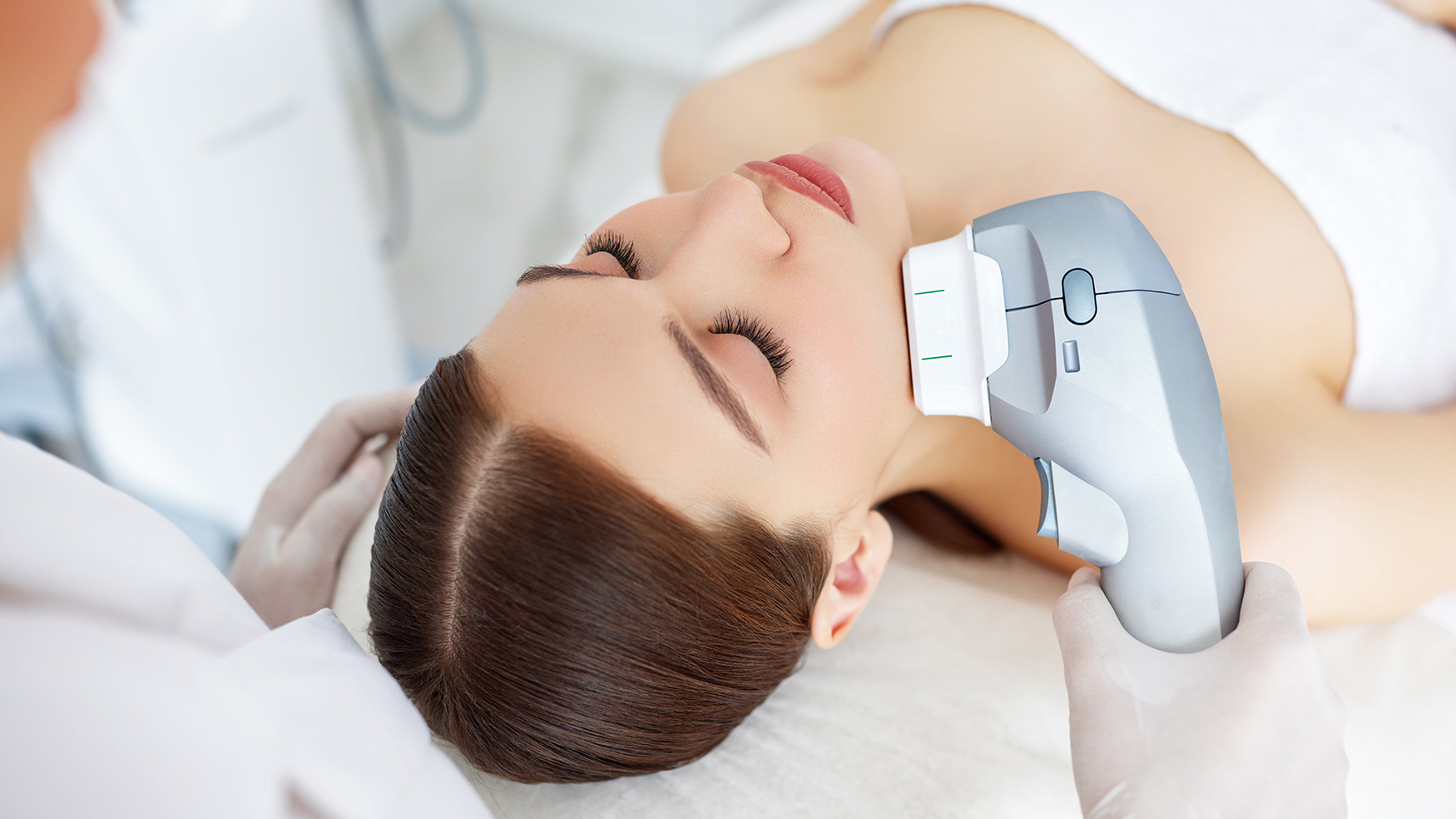
September 13, 2024
Exactly How Does Ultrasound Therapy Work?


- A treatment session normally lasts between 5 and 10 minutes so at The Physical rehabilitation Place we tend to use it as part of the overall therapy session.
- In various other cases, a complete bladder may really be useful for your scan.
- The initial big scale application of ultrasound was around World War II.
- The moment it takes to get your results relies on the kind of ultrasound you get.
Just how frequently can you utilize ultrasound therapy?
How often can you utilize ultrasound therapy? Ultrasound treatment can be utilized as frequently as necessary, there are no restrictions. We normally utilize it for 5 mins each time during treatment. Whether we utilize it or otherwise will certainly depend on the customer''s injuries.
Ultrasound Therapy: The Advantages
As we go from 50% to 20%, we develop a longer rest period in between those ultrasound pulse waves. The 20% pulsed specification has a tendency to be the gold requirement for a non-thermal, pulsed ultrasound. If you intend to use ultrasound in a more shallow area or drive medication, all the research study is indicating 20% since that has actually been shown over 20 or three decades of study to produce the least amount of heat. Once we determine our treatment and if we want to go thermal or non-thermal, we are going to use different settings. In the first discussion of this collection, we discussed surface warm. Those just pass through the skin and into the muscle maybe two centimeters or much less.The Instructions Of Ultrasound Waves:
If the fibres of a tissue are unorganised or not correctly aligned they are not as solid or as adaptable as the original tissue. In some cases if this mark cells remains unorganised it can leave us with limited and/or weak muscle or tendon also when healing is total. When we consider tendons and ligaments, we understand that they are superficial. Nonetheless, like the glenohumeral joint, there are some deeper tendons and structures. The duration is mosting likely to go 3 to 10 minutes, and the frequencies can be superficial or deep relying on your objectives. Undesirable bioeffects can occur consisting of burns for thermal-based treatments and substantial hemorrhage for mechanical-based treatments (e. g. lithotripsy). Restorative ultrasound commonly has well-defined advantages and risks, and for that reason offers a tractable security problem to the clinician. Nevertheless, security information can be spread, confusing or based on business dispute of rate of interest. Of extremely important importance for handling this issue is the interaction of useful security details by reliable groups, such as the AIUM, to the medical ultrasound community. In this summary, the Bioeffects Committee lays out the wide variety of healing ultrasound methods, which remain in medical use or under research study, and offers general support for assuring therapeutic ultrasound safety. Therapies that do not actively include you in your care might make you feel like you have extremely little control over the administration of your injury. This places obligation for your treatment in your physical therapist's hands and not your very own. Depending upon the intensity setups it can be a really valuable treatment accessory in severe injuries as well as chronic lasting injuries, aiding us to make a quick and complete recovery. These are every one of the conditions that the research has actually shown a favorable effectiveness with ultrasound. We also need to take into consideration just how to set the ultrasound to successfully deal with these problems.Social Links